Multiresolution computational simulations generate all-atom models of a complete packaged virus particle.
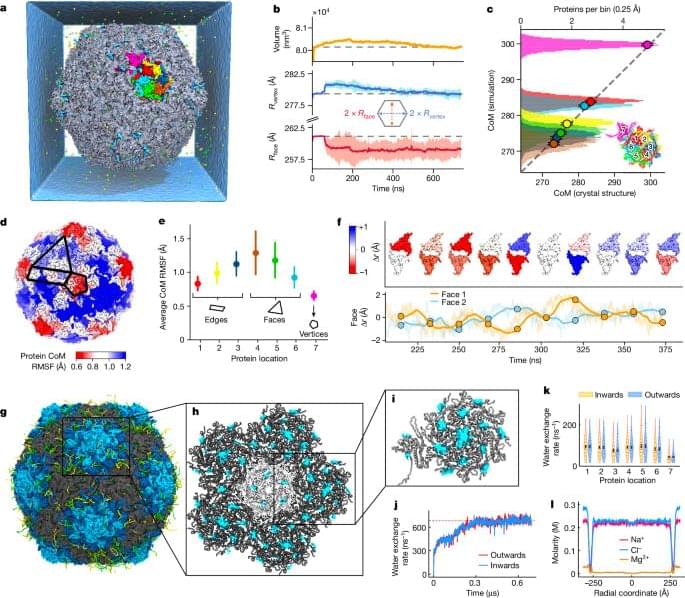

New tech enables this old idea to really shine. [pun intended.] It’s not perfect, but major steps achieved.
Get TypeAI PREMIUM now! Start your FREE trial by clicking the link here: https://bit.ly/Mar24AnastasiInTech The paper: https://www.nature.com/articles/s41586…(alternative link): https://arxiv.org/abs/2306.14415 LinkedIn ➜ / anastasiintech Support me at Patreon ➜
/ anastasiintech Sign up for my Deep In Tech Newsletter for free! ➜ https://anastasiintech.substack.com Timestamps: 00:00 — Intro 03:16 — Lithium Niobate 05:56 — How does this chip work? 08:23 — Critics.
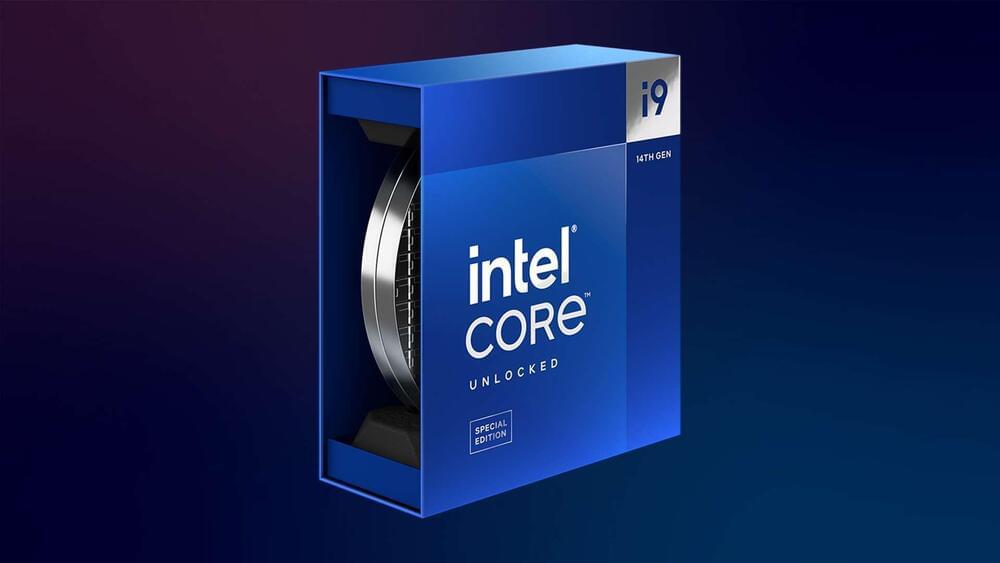
Intel wants to stay ahead of the performance game in the PC chip market, a throne that it often used to sit on before AMD and Apple’s new chips blew it out of the competition. But now it has again solidified its hold on the desktop performance crown with the release of its new Core i9-14900KS processor.
Launching it as a “special edition” release, the new chip represents a massive jump from last year’s top performer, Intel’s Core i9-13900KS. What is its top clock speed? Well out-of-the-box, it hits a maximum clock speed of 6.2GHz. This makes it the undisputed fastest consumer-grade desktop processor currently available.
Joint research led by Yu Toyoshima and Yuichi Iino of the University of Tokyo has demonstrated individual differences in, and successfully extracted commonalities from, the whole-brain activity of roundworms. The researchers also found that computer simulations based on the whole-brain activity of roundworms more accurately reflect real-brain activity when they include so-called “noise,” or probabilistic elements. The findings were published in the journal PLOS Computational Biology.
The roundworm Caenorhabditis elegans is a favorite among neuroscientists because its 302 neurons are completely mapped. This gives a fantastic opportunity to reveal their neural mechanism at a systems level. Thus far, scientists have been making progress in revealing the different states and patterns of each neuron and the assemblies they form. However, how these states and patterns are generated has been a less explored frontier.
First, the team of scientists measured the neural activity of each cell that makes up a primitive brain in the roundworms’ head area. To achieve this, the worms were placed in a microfluidic chip, a tiny device designed for worms to be able to “wiggle” backward and forward while keeping them within the field of view of the objective lens. Then, using a confocal microscope, the scientists filmed how the neurons reacted to changes in salt concentrations.
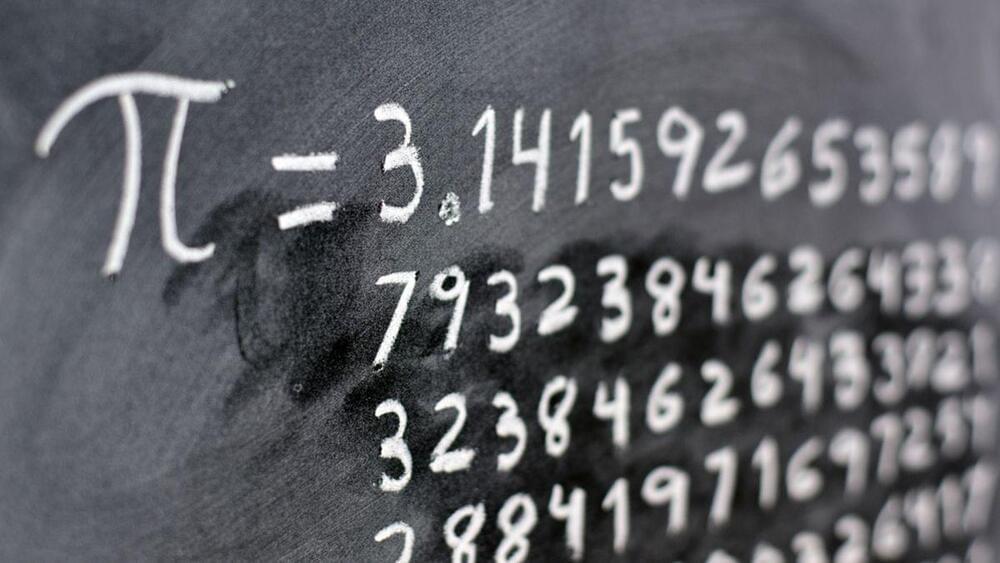
The calculation, which took around 75 days to complete, was carried out with 36 of the company’s proprietary solid-state drives (SSDs) — a storage medium fitted into many of the newest laptops — that stored altogether around 1 petabyte (1 million gigabytes) of data.
Processors are also needed to perform the number-crunching — with more powerful components reducing the time it takes to perform the necessary calculations. However, reliable and large-capacity storage is arguably more important because you need to store a massive amount of data in such a process.
The achievement “was no small feat,” Solidigm owner Brian Beeler said in the statement. “It involved meticulous planning, optimization, and execution.”
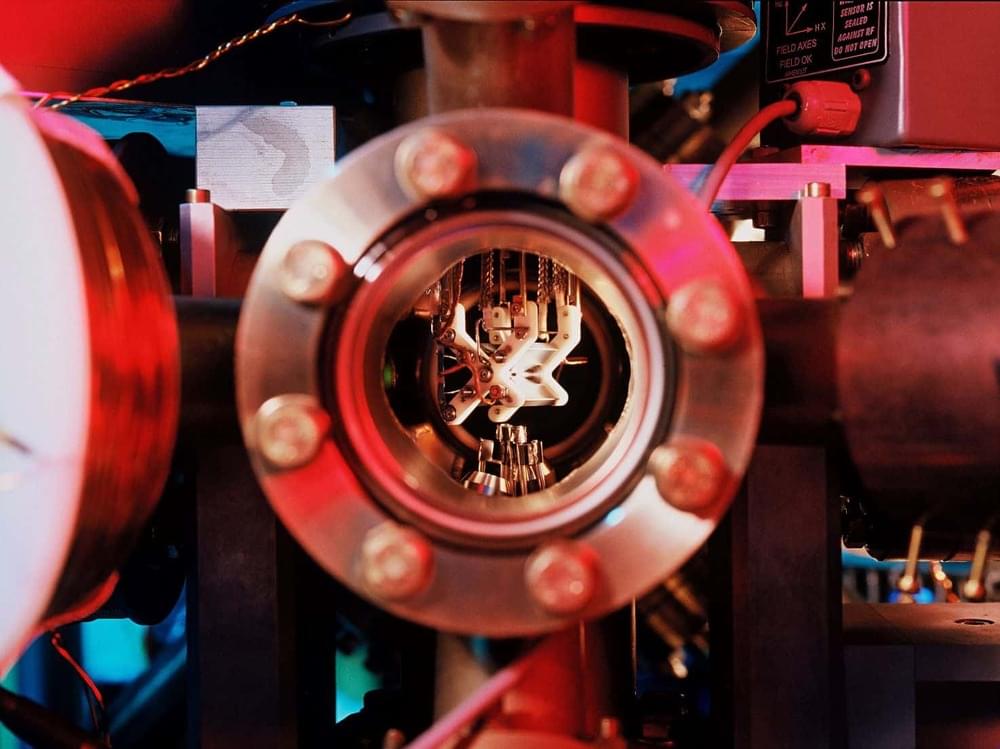
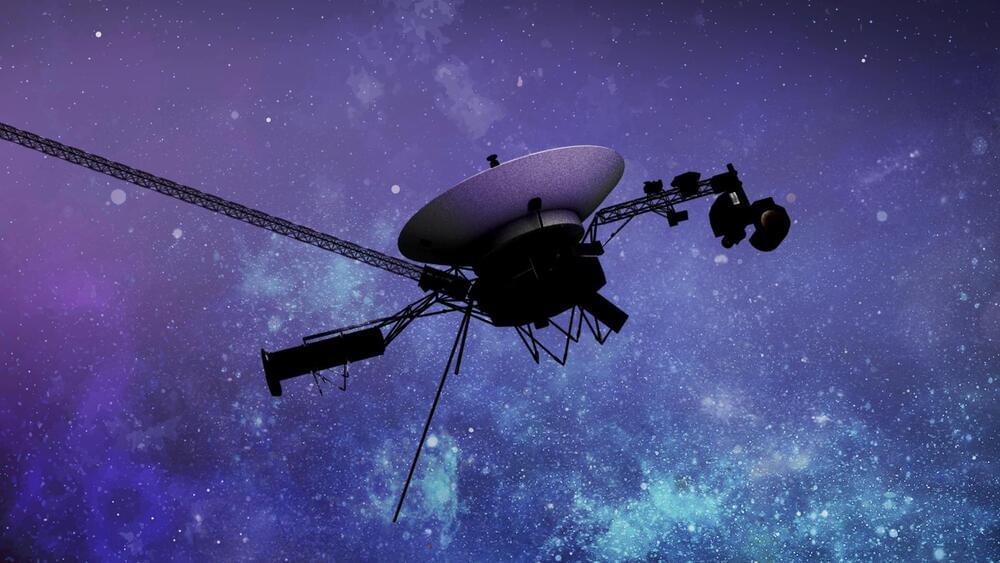
Since November 2023, NASA’s Voyager 1 spacecraft has been sending a steady radio signal to Earth, but the signal does not contain usable data. The source of the issue appears to be with one of three onboard computers, the flight data subsystem (FDS), which is responsible for packaging the science and engineering data before it’s sent to Earth by the telemetry modulation unit.
On March 3, the Voyager mission team saw activity from one section of the FDS that differed from the rest of the computer’s unreadable data stream. The new signal was still not in the format used by Voyager 1 when the FDS is working properly, so the team wasn’t initially sure what to make of it. But an engineer with the agency’s Deep Space Network, which operates the radio antennas that communicate with both Voyagers and other spacecraft traveling to the Moon and beyond, was able to decode the new signal and found that it contains a readout of the entire FDS memory.
The FDS memory includes its code, or instructions for what to do, as well as variables, or values used in the code that can change based on commands or the spacecraft’s status. It also contains science or engineering data for downlink. The team will compare this readout to the one that came down before the issue arose and look for discrepancies in the code and the variables to potentially find the source of the ongoing issue.
Scientists have created a communication network entirely based on light that enables seamless connectivity across space, air, and underwater environments. The new network design combines different types of light sources to ensure connectivity no matter the environment.
“In today’s world, data transmission is critical for communication, navigation, emergency response, research, and commercial activities,” said research team leader Yongjin Wang from Nanjing University of Posts and Telecommunications and Suzhou Lighting Chip Monolithic Optoelectronics Technology Co. Ltd., both in China. “This new wireless network enables uninterrupted connectivity across environments, facilitating two-way real-time data transmission between the network nodes that carry out communication and data exchange within and between networks.”
In the Optica Publishing Group journal Optics Express, the researchers describe the completely light-based communication network and demonstrate real-time video communication between network nodes. They also show that it can support both wired and wireless device access simultaneously and can carry out bidirectional data transmission between network nodes. Both capabilities are key for providing various services to different users at once.

Can virtual reality (VR) be tailored to explore larger areas and allow users to “walk” around their environment? This is what a recent study published in IEEE Transactions on Visualization and Computer Graphics hopes to address as a team of international researchers have developed a new VR system called RedirectedDoors+ that can allow users to expand their environments beyond the real-world physical boundaries, such as walls and doors. This study holds the potential to not only expand VR environments but also drastically reduce the real-world environments that are typically required for VR experiences.
“Our system, which built upon an existing visuo-haptic door-opening redirection technique, allows participants to subtly manipulate the walking direction while opening doors in VR, guiding them away from real walls,” said Dr. Kazuyuki Fujita, who is an assistant professor in the Research Institute of Electrical Communication (RIEC) at Tohoku University and a co-author on the study. “At the same time, our system reproduces the realistic haptics of touching a doorknob, enhancing the quality of the experience.”
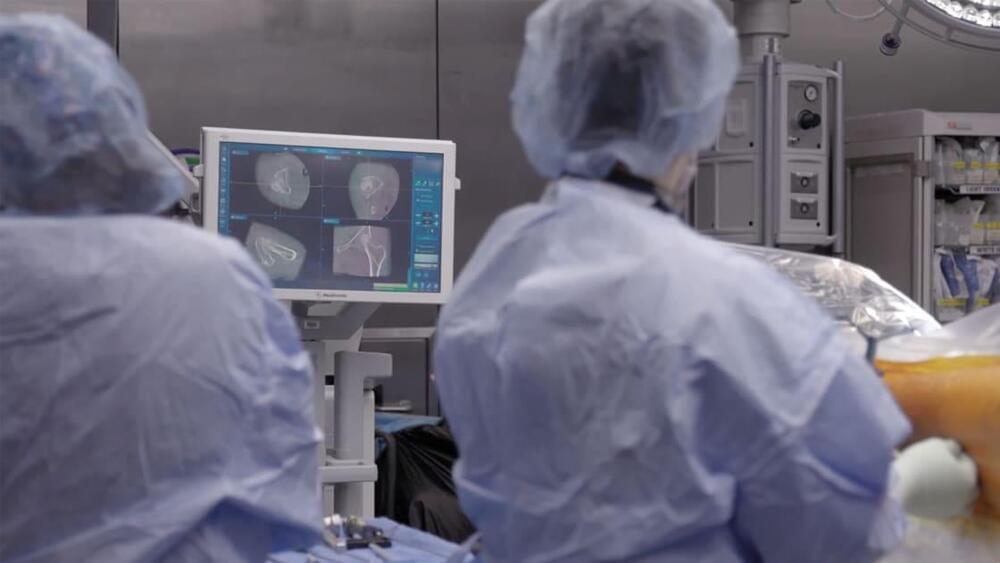
Femoral head avascular necrosis (AVN) is a debilitating condition that prevents the thighbone from repairing itself at the portion closest to the hip, leading to possible collapse.
In a new study in Arthoplasty Today, a team including Yale Department of Orthopaedics & Rehabilitation’s Daniel Wiznia,…
In a paper published in the journal Arthroplasty Today, Daniel Wiznia, MD, assistant professor of orthopaedics & rehabilitation and co-director of Yale Medicine’s Avascular Necrosis Program, presents a new surgical technique designed to prevent or delay hip collapse in patients with femoral head avascular necrosis (AVN). Thanks to 3D innovations and novel applications of intraoperative navigation technology developed at Yale, Wiznia is leading a multidisciplinary approach to optimizing clinical outcomes.
Femoral AVN, otherwise known as osteonecrosis, is a debilitating condition associated with compromised blood supply to the portion of the thighbone closest to the hip. It particularly impacts the head of the bone. When the small vessels there are injured, the bone can no longer repair itself. Upwards of 20,000 new cases of femoral AVN are diagnosed each year in the United States, and those with the condition face a range of potential complications, such as collapse of the femoral head.
AVN is commonly diagnosed in people between the ages of 30 and 65. For some patients, there are no symptoms, which results in the condition being discovered incidentally. Up to 67 percent of patients with femoral AVN progress to symptomatic disease. A total hip arthroplasty (THA), otherwise known as a total hip replacement, is the current best treatment when the femoral head ultimately collapses. However, THA in younger patients has an increased risk of mechanical failure due to a higher level of physical activity and the length of time that the hip implant will be utilized. Therefore, there is a need for therapeutic strategies that effectively delay and prevent hip collapse, reducing the likelihood of requiring a THA.